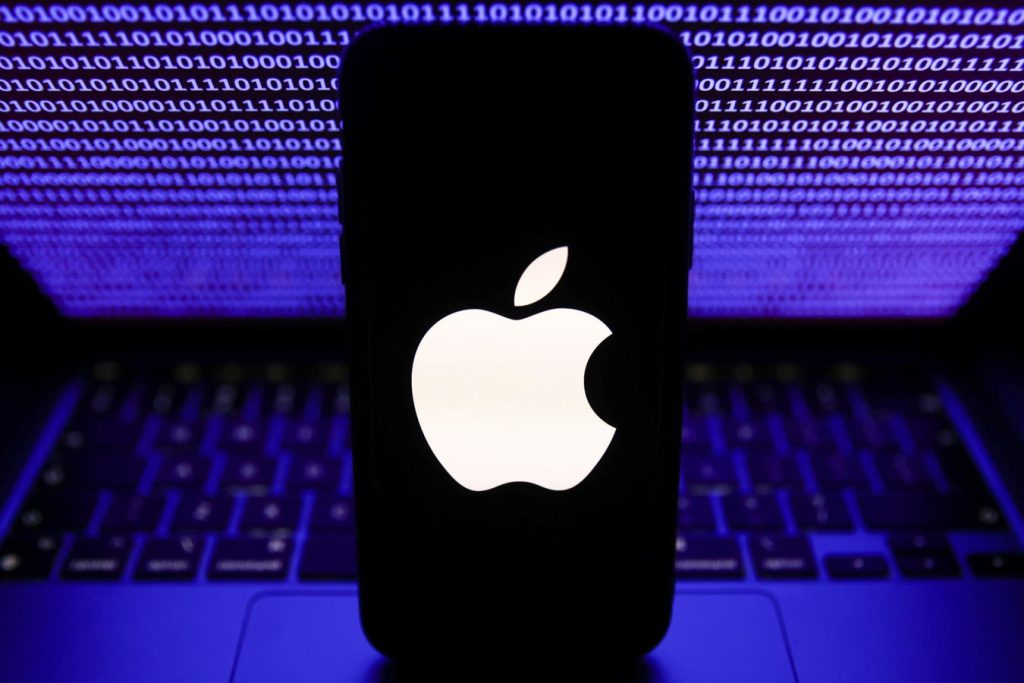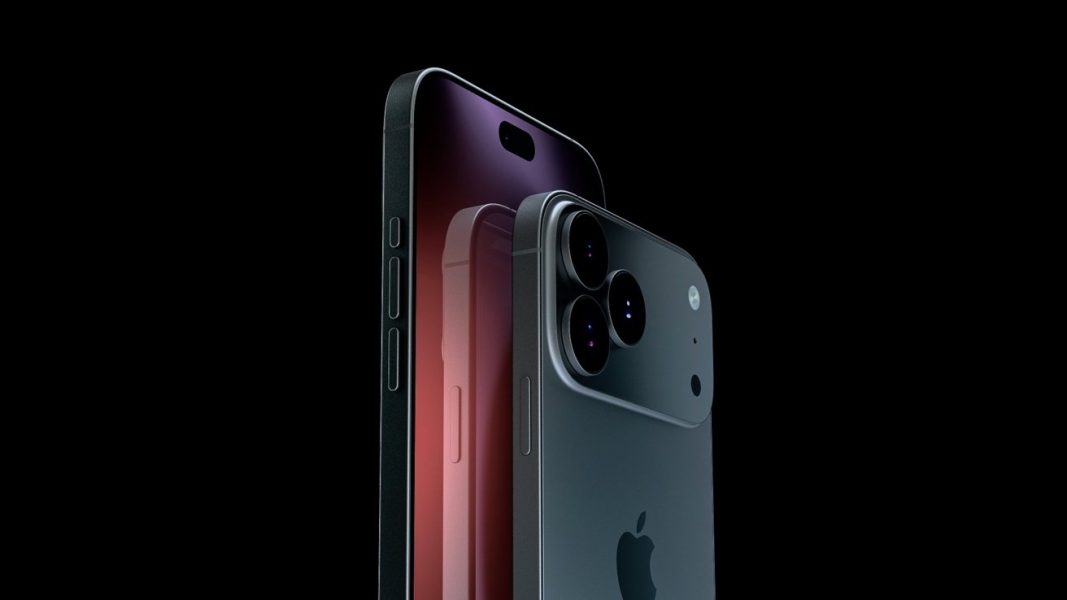Apple Data Theft Surge—Attacks Up 101%, What You Must Do Now – Forbes

macOS infostealers are surging.Although you might be sitting relatively comfortably, as an Apple device user, as you read headline after headline concerning hack attacks against users of Microsoft Windows, and even Linux, be prepared to start wriggling in discomfort: your macOS device is not immune to attack as a massive surge of infostealer malware campaigns demonstrates. Here’s what you need to know to stay safe.The days of Apple users thinking that security is something other people have to be concerned about are, for the large part, thankfully over. Not that I’m suggesting it’s a good thing that we are seeing a need to check your Apple Watch for spyware, or fully undetectable security backdoors for Mac users. Rather, I’m happy that people are taking the security threat seriously as that, and that alone, is the starting point to being safer. But safer from what, exactly, you may be wondering? Well, in the case of macOS users, the resounding answer, it would appear, is a surge in infostealer malware attacks.“We recently identified a growing number of attacks targeting macOS users across multiple regions and industries,” the Palo Alto Networks Unit 42 team said, “In our own telemetry, we detected a 101% increase of macOS infostealers between the last two quarters of 2024”. This particular brand of malware is designed solely to siphon sensitive user data from macOS devices according to the Unit 42 investigation.According to the researchers, these macOS infostealers usually exploit the native AppleScript framework, a scripting language created by Apple to give users direct control of scriptable Macintosh applications, as well as certain parts of macOS itself. “Since these prompts can look like legitimate system prompts,” the researchers said, they can be used to fool victims in social engineering attacks to “enter credentials or trick them into disabling security controls.”“Malware types like Atomic Stealer, Poseidon Stealer, and Cthulhu Stealer illustrate the growing complexity of threats targeting macOS,” Eric Schwake, director of cybersecurity strategy at Salt Security, warned, “security teams must stay alert and take a proactive stance against these dangers, understanding that no operating system is completely safe from attacks.”Apple, meanwhile, provided the following advice for macOS users when it comes to malware attack mitigation. “You can reduce this risk by using software only from reliable sources. Privacy & Security settings allow you to specify the sources of software installed on your Mac.”One Community. Many Voices. Create a free account to share your thoughts. Our community is about connecting people through open and thoughtful conversations. We want our readers to share their views and exchange ideas and facts in a safe space.In order to do so, please follow the posting rules in our site’s Terms of Service. We’ve summarized some of those key rules below. Simply put, keep it civil.Your post will be rejected if we notice that it seems to contain:User accounts will be blocked if we notice or believe that users are engaged in:So, how can you be a power user?Thanks for reading our community guidelines. Please read the full list of posting rules found in our site’s Terms of Service.



